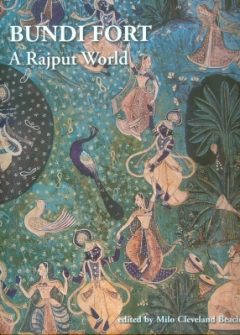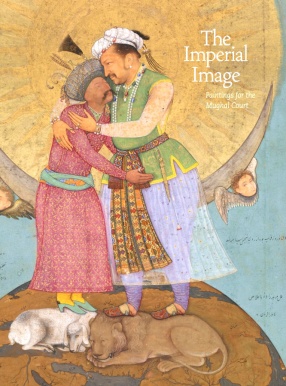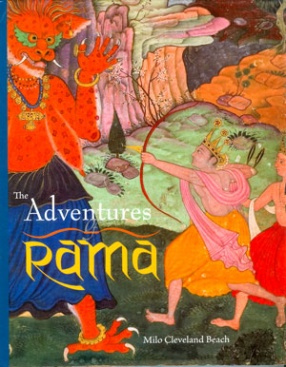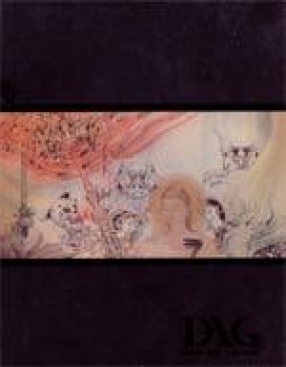The wall-paintings in the fort at Bundi in Rajasthan include the earliest and finest examples of court painting known in India. Only recently accessible for sustained study, these help to define the religious, literary and artistic interests of the court; the functions of the spaces they adorn; the political aspirations of the rulers; and the evolving relationships between one court, its Rajput neighbours, and its Mughal overlords. On a more mundane level, the Bundi wall-paintings also provide some of the most brilliant and attractive decorations found anywhere in India.
True understanding of the wall-paintings is impossible without knowledge of the walls that support them, the ceremonials they surrounded, and the events, conflicts and alliances which brought the court (and the painters) into contact with other regions and cultural traditions of India. Scholars have recently located historical chronicles and literary texts in Hindi that yield important new information about court life. Additional projects have produced measured drawings of the buildings within the fort, as well as photographic documentation of the wall-paintings in situ. This new information and discoveries will transform understanding of Rajput painting and architecture.









There are no reviews yet.